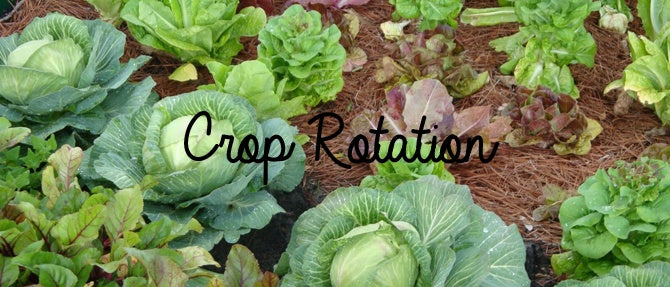The subjects of crop rotation and companion planting really get me excited in my veggie garden. A well planted garden that is fed with fresh compost, well rotted manure and worm castings makes the effort of preparing the bed worthwhile. Healthy soil, planting seedlings and sowing seeds with plants that enjoy growing next to each other will reap great rewards and reduce pests and disease – just as nature intended and as a bonus everything grows bigger. More bang for your buck!
The purpose of crop rotation is to keep the soil healthy in your gardens growing years. All sorts of things can go wrong if you keep planting the same crop (vegetable) in the same place. The biggest rule of thumb for vegetable gardening success it to move your crops around. By planting the same plant family year after year in the same spot puts continuous demands on the soil for the same type of nutrients.
The ideal arrangement I love to follow is:
– Fertilise the soil with manure or compost.
– Plant in it heavy feeders, such as cabbage, cauliflowers, celery, leeks, sweet corn, cucumbers, spinach and lettuces.
– The following year use the space for beans or peas. These sort of plants put nitrogen back into the soil.
– The third year plant roots crops, such as carrots, beetroot, radishes, or parsnips.
– The fourth year, start the cycle all over again.
Crop rotation can be slightly different for every garden. You must think of the space, sun and wind factor as well as be sure to grow what you like to eat!
As long as you rotate the type of vege each year (plant them in different plots each time), you should be maintaining the soil health nicely. Keep in mind that veggies like marrows, courgettes, cucumber and pumpkin love BIG areas, especially the compost bins, so you could plant them in corners of your garden and they’ll creep about all over the place very happily.

